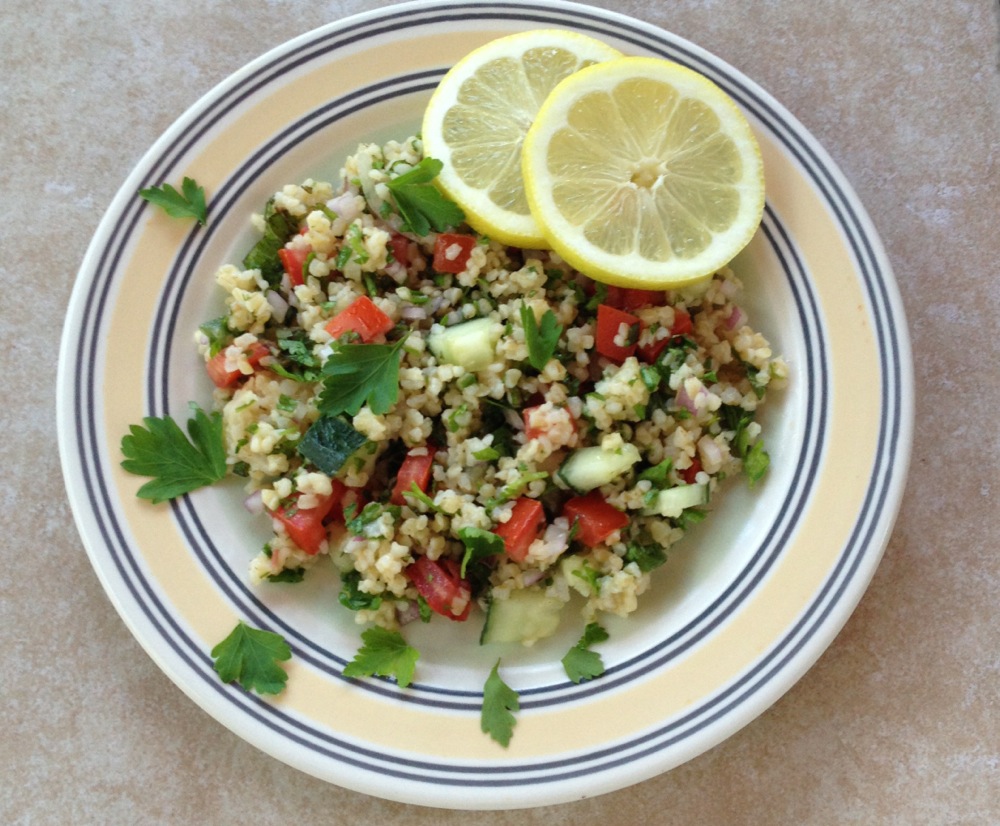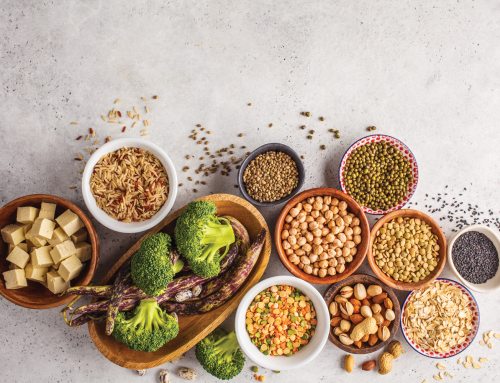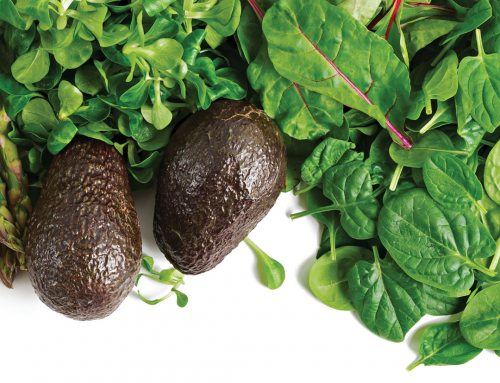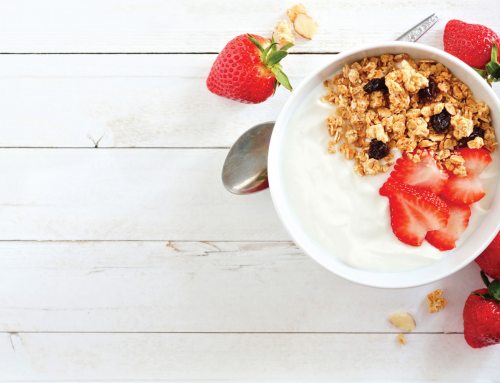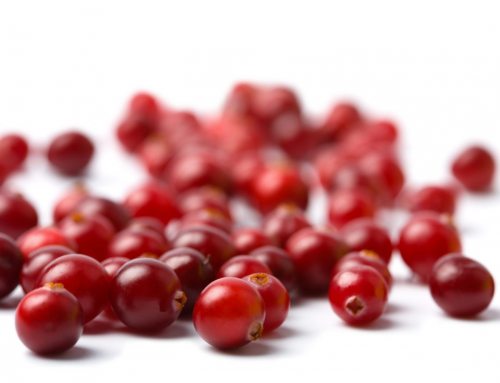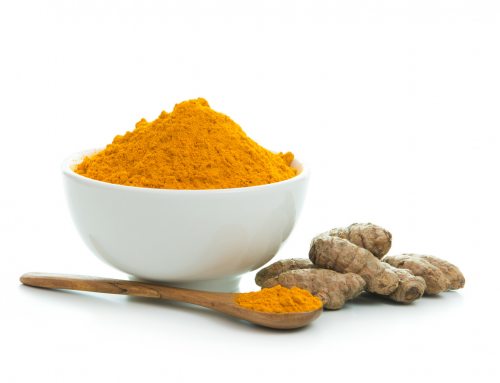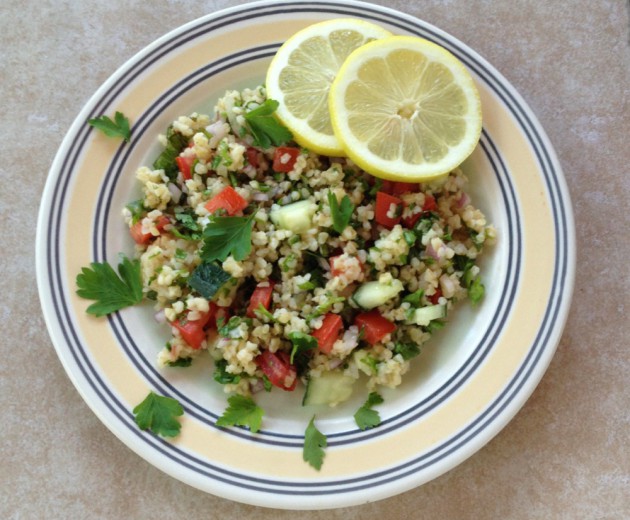
By Brandon McDearis
This month’s recipe is light, refreshing and very simple to prepare. Tabbouleh is a classic Mediterranean salad made up of bulgur wheat, vegetables and herbs. It makes for a great addition to meals during the week, and it is also nice to have as a snack throughout the day.
Bulgur (also known as dalia in northern India) is a very healthy grain. Compared to brown rice, it is much higher in protein, fiber, vitamins and minerals, and it is much lower on the glycemic index.
This recipe is heavy on the parsley, which contains many anti-inflammatory and antioxidant properties. Just 2 tablespoons of parsley contains over 150 percent of the recommended RDA of vitamin K, which helps prevent calcium buildup in our tissues that can cause conditions such as cardiovascular disease and strokes.
This recipe serves 8, and it will keep in the fridge for up to a week.
Ingredients:
- 1 cup fine bulgur
- 1 1/2 cup boiling hot water
- 1/4 cup olive oil
- 1/2 red onion, finely diced
- 2 cloves garlic, minced
- 1 cucumber, seeds removed and diced
- 3 Roma tomatoes, seeds removed and diced
- 1 cup finely chopped parsley
- 1/2 cup finely chopped mint
- 3 tablespoons lemon juice
- 1 teaspoon salt
- 1/4 teaspoon black pepper
Preparation:
- Place the bulgur in a medium-sized bowl. Bring the water and the teaspoon of salt to a boil and pour it over the bulgur. Let sit for 30 minutes to an hour.
- In a large bowl, add the olive oil, lemon juice and bulgur and mix well. Add all the other ingredients and mix to combine.
- Taste the tabbouleh, and add more salt, olive oil or lemon juice to taste. Let marinate for at least 30 minutes before serving.
Nutrition Facts:
Calories: 120 / Fat: 4g / Saturated Fat: .5g / Carbohydrates: 18g / Fiber: 5g / Protein: 4g
# # #
Brandon McDearis is a personal chef working in the Charlotte area. He currently owns and operates Your Way Cuisine, www.yourwaycuisine.com. In addition to his culinary training, Brandon also holds a bachelor of science degree in foods and nutrition, with a concentration in dietetics. He primarily focuses on healthy cooking and addressing specific dietary needs of everyone from professional and amateur athletes to busy families and elderly people. Brandon is also one of the board of directors for Wellspring International Outreach (www.wellspring-outreach.org) and works with a group of others to raise money for the abandoned children of Peru.
Bulgur
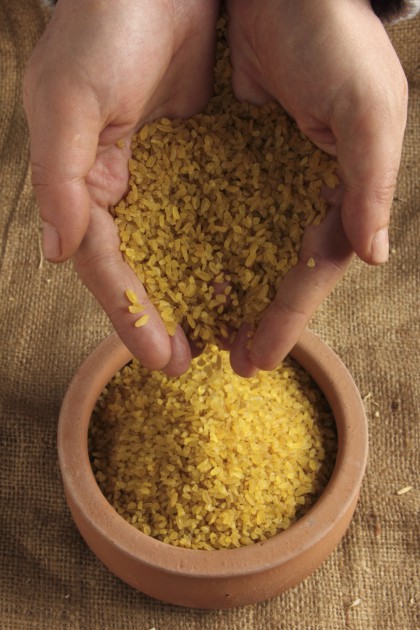
Bulgur, a whole-wheat grain that has been cracked and partially pre-cooked, is most commonly found in tabbouleh, but you can use it just like rice or couscous, or any other whole grain, like barley or quinoa. It is naturally high in fiber, low in fat, and low in calories. While it is a great vegetarian and vegan food ingredient, it is not suitable for those on a gluten-free diet. Bulgur is a great substitute for rice in stir-fry or curry.
There are a few types of bulgur and they require different cooking times, so be sure to check the package for cooking instructions. Since bulgur has already been partially cooked, it can be quick and easy to prepare at home. Instant bulgur, also called fine-grain bulgur, is common in health food store bulk bins and is usually used for tabbouleh recipes. This type of bulgur cooks in less than 5 minutes.
Parsley
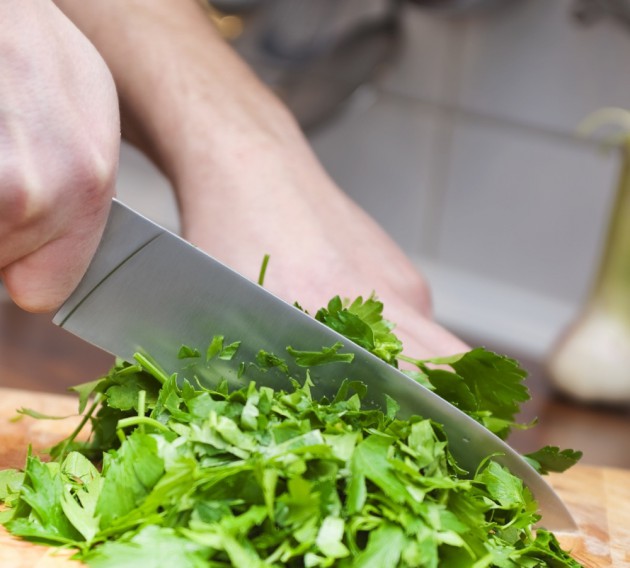
While parsley is a wonderfully nutritious and healing food, it is often considered as only a garnish to sprinkle some color on your plate. However, parsley is actually a storehouse of nutrients. Rich in many vital vitamins, including vitamins C, B-12, K and A, parsley helps keep your immune system strong. Parsley also has anti-inflammatory properties and regular use may provide some relief from joint pain. The folic acid in parsley may also help control your blood pressure
The two most popular types of parsley are curly parsley and Italian leaf. The Italian variety is more fragrant and has a less bitter taste than the curly kind. Both can be found year-round in your local supermarket, or you can grow parsley in your own garden and once established it will return year after year.


